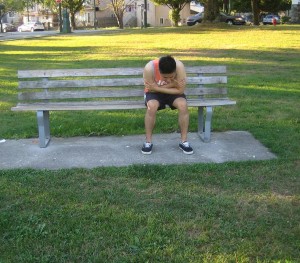Osteomyelitis is bone infection brought about by bacteria. This typically affects the long bones in the legs, but also in the arms or in the back. The indications of osteomyelitis might include:
- Fever of 38 degrees C or higher
- Redness, swelling and warmth in the affected area
- Bone pain that can be intense
How does it develop?

Osteomyelitis develops if the bone becomes infected. Generally, bacteria is responsible for the infection, but can also be triggered by fungi.
A biopsy and blood test might be required to determine if an infection is present and its cause. It is important to note that there are 2 ways in which the infection can arise:
- After an injury (contiguous) – such as an animal bite, fracture or surgery
- Via the bloodstream (hematogenous)
The contiguous form of osteomyelitis is prevalent among adults while the hematogenous form is common among children.
There are also certain factors that increases the risk for developing the condition. This includes being diagnosed with diabetes or rheumatoid arthritis. Osteomyelitis can become chronic if not promptly treated since the bones are permanently damaged, resulting to continuous pain and loss of function
When to consult a doctor
Osteomyelitis can affect individuals of all ages. It is vital to consult a doctor if an adult or child experiences unremitting bone pain with fever.
Young children do not always have fever if they have the condition and might not be able to communicate any bone pain. A doctor must be seen if the child becomes irritable, has diminished appetite and unwilling to use a certain body part such as the leg or arm.
Management of osteomyelitis
If detected early, osteomyelitis can be treated using antibiotics for at least 4-6 weeks. Initially, the individual is hospitalized so that antibiotics can be given and taken at home once he/she starts to feel better.
For chronic or severe cases, surgery might be performed along with antibiotics. During surgery, it involves the removal of the damaged bone and drainage of pus from the wound.
Prevention
It is not always possible to avoid osteomyelitis but there are steps that can be taken to lower the chances.
Proper cleansing of the wounds using water and dressing with a clean bandage can lessen the risk for an infection from an injury.
Improving the general health can also help in minimizing the risk for developing conditions that can lead to osteomyelitis.
